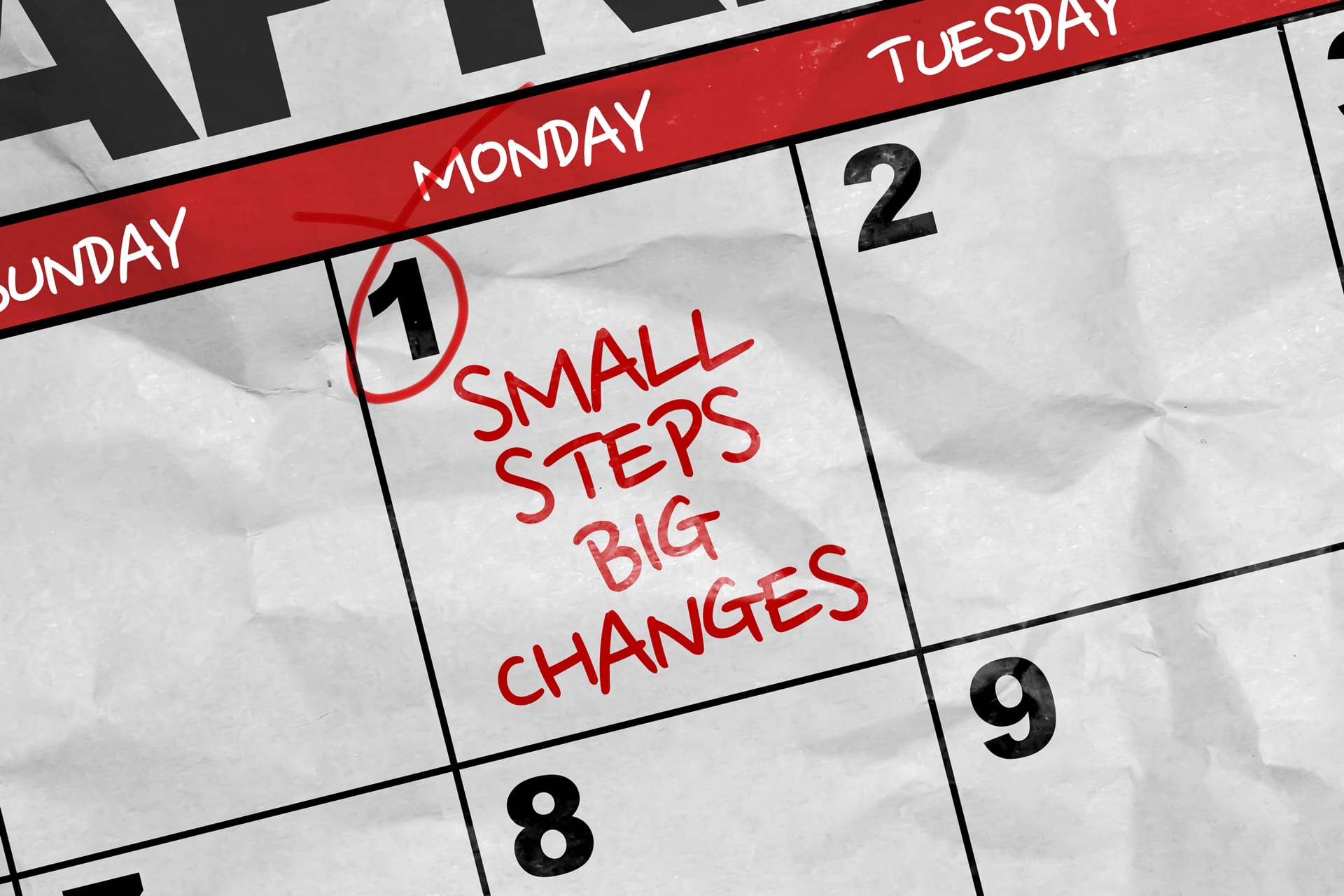While 2021 brings continued economic uncertainty, it’s always a good idea to use a new calendar year as an opportunity to reevaluate business plans. What’s working and what’s not? For manufacturing professionals, this can be a literal consideration: what equipment is running efficiently and what’s nearing the end of its useful life? Aging, worn machinery is costing you valuable time and money that’s preventing you from being competitive. Determining the return on investment for buying versus renting equipment requires a deeper dive into your company’s cash flow and your intentions.
Buying New
Some people have personal biases when it comes to purchasing items. Think of other investments you’ve made. Are you a staunch advocate of homeownership over renting property? Maybe you’re always trying to dissuade your friend from leasing the latest and greatest model car because they won’t acquire any equity and it won’t be their own asset. Try not to let feelings about leasing bleed into your business model because buying won’t always equal profitability. To determine if it’s time to buy, you need to assess the performance of what you’re currently relying on. Track the machine’s cycle time and uptime (when the machine is producing revenue) as well as any downtime required for regular or unscheduled maintenance. This data will help you to determine if new equipment will produce the ROI required to rationalize the purchase. Your manufacturing company has needs unique to your products and services. In some circumstances, buying is the way to go, as leased assets don’t qualify for 100% first-year bonus depreciation.
Opting to Rent
If you opt to rent or lease your equipment, you’ll get brand new machinery operating at maximum output and efficiency. You may also be able to shop outside of your budget, opening opportunities to test-drive cutting edge technology before committing to a major purchase. Consider the long-term usage of the equipment and how much profit it will generate in its lifespan. For example, if you’re only using the equipment to fulfill a two-year contract and you don’t see other profitable opportunities, maybe it’s better to lease that piece for two years rather than make a huge long-term investment to fulfill a temporary need. Let’s talk tax benefits. While annual deduction limits may apply, generally speaking, payments for leases will be tax-deductible and qualify as “ordinary and necessary” business expenses. But as with any contract you’re tied to, you must read the fine print and make sure your business plan is aligned with the terms and conditions. It’s never fun to sign off on a big expense, only to be surprised by an early-termination fee you weren’t aware of.
We wish there was a straightforward, clear “winner” in your decision, but as is standard in business, the most economical choice is going to depend on the circumstances surrounding the machinery. In some situations, purchasing machinery and acquiring an asset you know is going to build your business equity is the best decision. In other situations, you will find leasing is the right move, so you can test out a high-tech item without the risk of purchasing an expensive machine that’s bound to become obsolete when the latest model rolls out. Our best advice is to consult a professional to weigh the pros and cons carefully before committing to a big financial decision. Our team is always just a phone call away to answer questions unique to your company’s situation.
Source: Accounting Freedom










